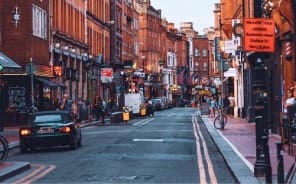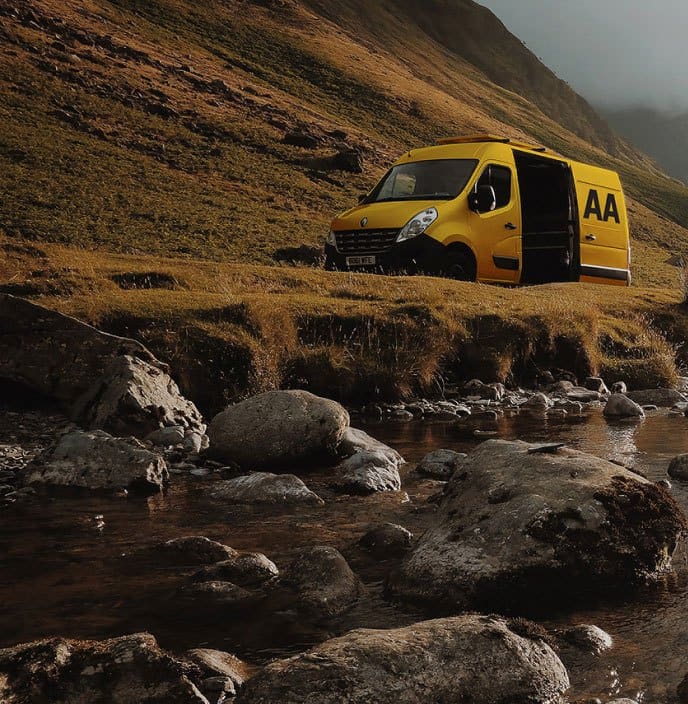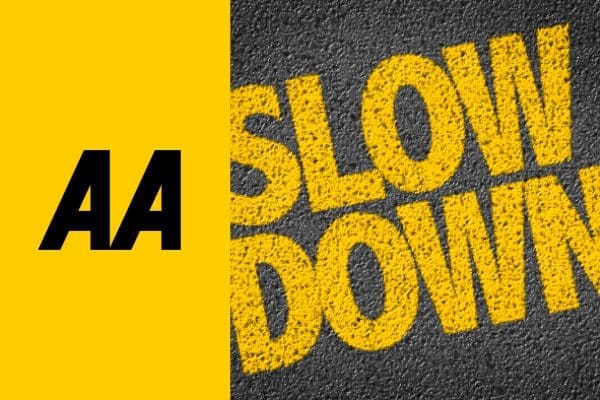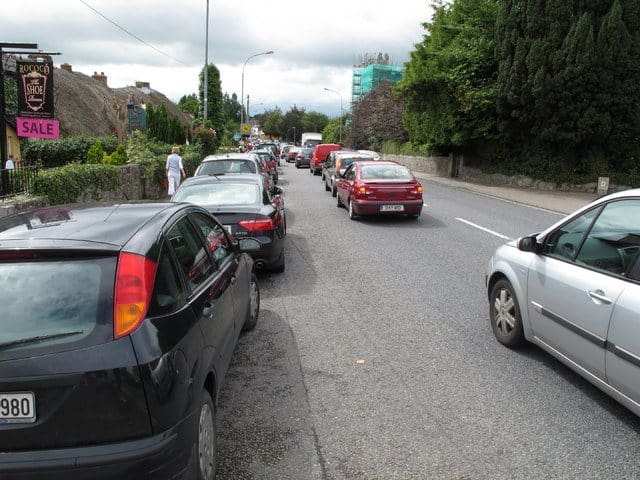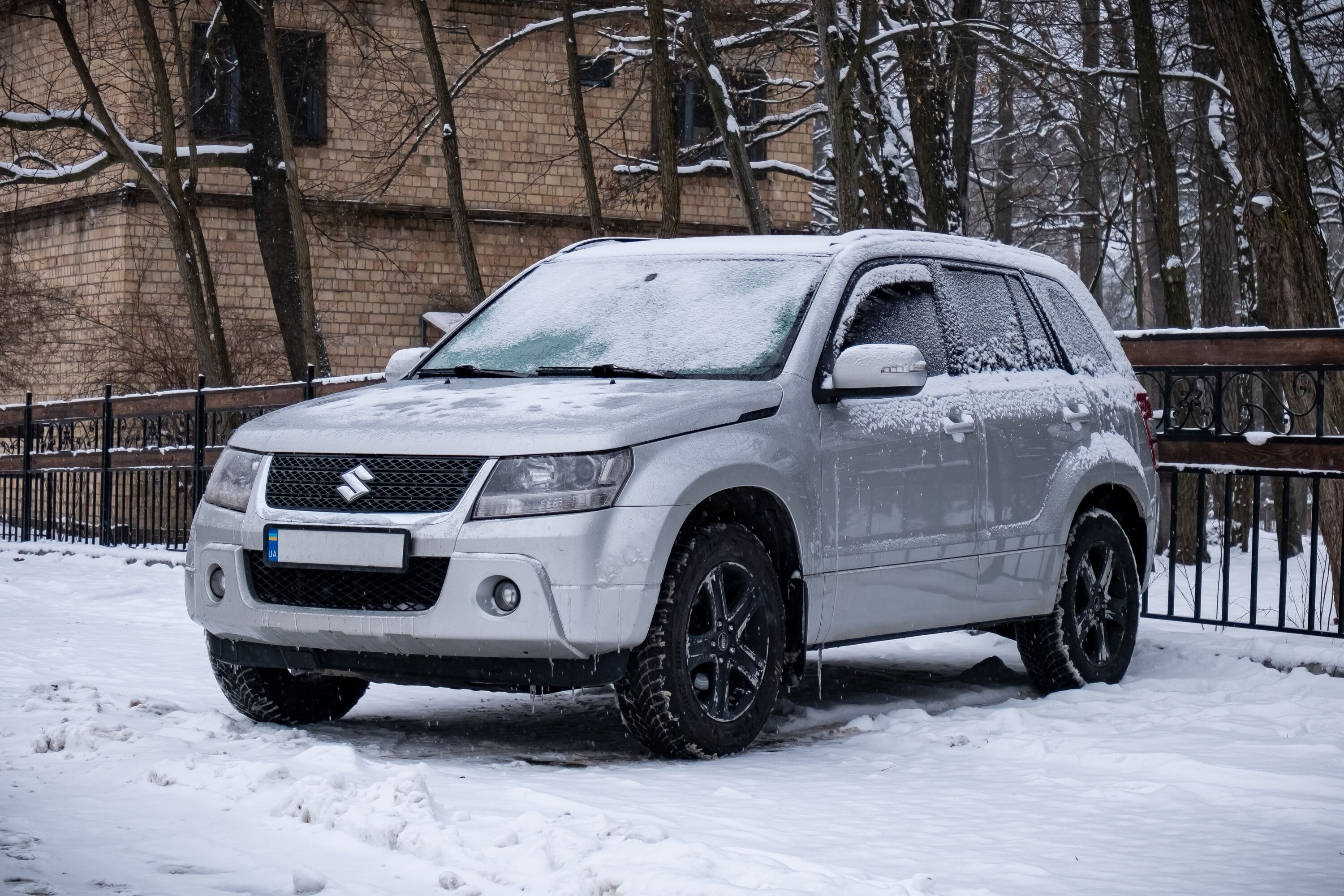Passing the test makes you a qualified driver, but you still have some steps to go and a two-year novice period ahead of you. Don’t treat the test like it’s the end of all learning; you’ll keep coming across new things and amassing more driving experience even after you get your full licence. It’s estimated that it takes over 100,000km driven to be considered an “experienced driver”.
You won’t have experienced motorway driving yet, and depending on the time of year you did most of your practice, there may be some weather conditions you haven’t yet driven in either. Every day’s still a school day on the roads.
But passing the test is a momentous occasion. There are a few questions that come to mind.
Can I drive on my own unaccompanied after passing my test?
As you have passed the driving test, you will be issued a certificate of competence. Only once you have a full valid driving licence are you legally allowed to drive while unaccompanied.
Here are your next steps (when the initial celebrations are done).
Applying for full licence
The first thing you need to do is apply for your full driving licence – even if you’ve passed your test, you’re still a learner by law until you trade in your certificate of competency for a licence. That means you still need to keep those L-plates up and have an accompanying driver for a tiny bit longer. Certificate of Competency is valid for two years. A Certificate of Competency is not a full licence, and it does not entitle you to drive on a motorway or to carry passengers. If you fail to apply for a full licence during this two-year period, you will have to retake your driving test.
You can apply online if you have a verified MyGovID, or if you don’t, you can book an appointment to go to any NDLS office with your certificate of competency, ID and supporting documents (see here to book and for the list of what is and isn’t accepted). Remember, if you go to the office, they’ll take your photo on the spot, so be ready to take one you won’t mind looking at for the next ten years!
The new licence will come in the post soon after – and that’s when you can finally bin those L-plates.
Remember that your licence is for specific vehicle categories. The B category license for standard cars allows you to drive vehicles (not motorbikes or tractors) of up to 3,500kg in mass, with a trailer of up to 750kg, and a max of 8 passenger seats. If you sat the test in an automatic vehicle, your licence will only qualify you to drive other automatics, but passing in a manual allows you to drive both. If you want to drive a different type of vehicle down the line or tow a larger trailer, you’ll need to check the back of your licence and the NDLS website to make sure you are licensed to drive it. Other categories of vehicle, including large vans, trucks, buses, and motorbikes, have their own tests.
How long do N plates stay up?
As a novice driver, you must display N-plates for the first two years after your first licence is issued. These are the same shape and size as your L-plates, and you have to have them at the front and back of the vehicle. These let other drivers know to give you extra space and patience if needed, as you’re still relatively new to driving and may be doing something for the first time.
With N-plates, you don’t need to be accompanied, and there are no restrictions on your use of motorways, but there are some specific rules for novice drivers. During your N-plate period, there is a lower limit for drink-driving offences (just 20mg of alcohol per 100ml blood), it only takes seven penalty points to be banned (compared to 12 for more experienced drivers), and you cannot act as the accompanying driver for a learner.
Once your two years are up, you don’t need to do anything other than remove the plates – you continue with the same licence and insurance. If you later take a test for a different category of licence, such as a motorbike or truck or van, you don’t need to display N-plates again.

